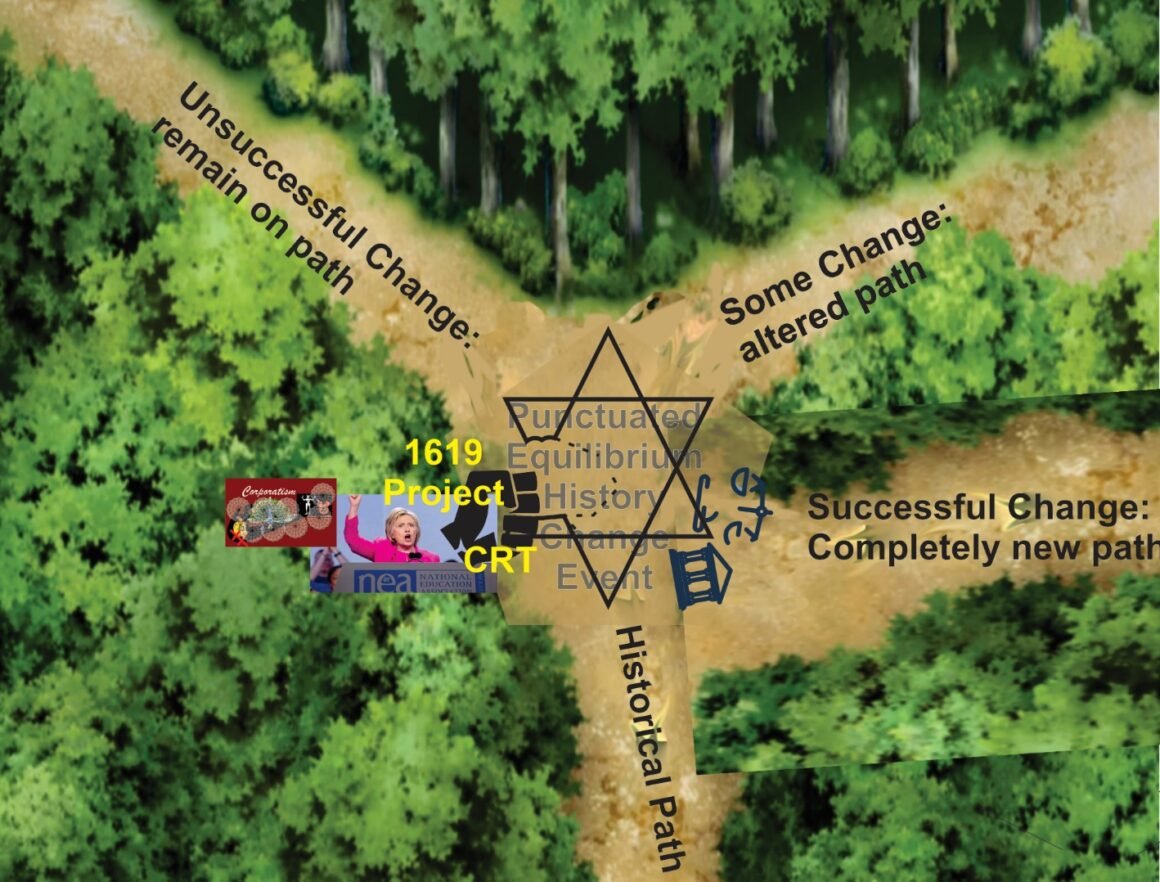
Reconstructing History, Part 7: Conflict, History, and the Future
Figure 1 The Punctured Equilibrium on the Path of History
We come to the key aspect of why the education institution focuses on re-writing history. Education is the most important function in a republic in the Age of Knowledge. Education provides:
- An educated and informed electorate that makes effective decisions at the ballot.
- Skilled people that conduct research and development (R&D) and can then integrate the fruits of R&D into a productive economy.
- Leaders that understand complex issues and lead their organizations in an increasingly competitive world.
- Transmission of culture and values that keep a society knitted together.
The education institution is failing in these tasks. American schools barely make the top 30 in several global rating systems. Students enter college with significant educational shortcomings and often need to take remedial courses just to get to the college entrance level. Our schools are no longer teaching the founding of the republic and the values and culture that created the freest and most prosperous country in history. Why?
First, we need to understand that re-writing history is not about history per se. Rather, it is about breaking a path dependency (see part 1 and part 2 of the path-breaking strategy series) and creating a new future that is no longer dependent on path dependent futures. It is about changing the balance of power in society and who has control over the future and the allocation of societal resources. That is why the education institution focuses on re-creating history.
If they focus on the historical failings of society, they cast doubt on the society’s value and the factors that drive the society, such as culture, values, and governance. If successful, they weaken the ties to the past and set the stage for a future that is no longer path dependent on the past. A future that conforms to the cultural values and governing principles they choose.
What is the Power Behind These Changes?
Second, we need to understand the power behind the education changes. While there are clearly teachers and administrators who, through a desire to create what they see as a just society, push the changes, they are so pervasive that a political agency is almost certainly propagating and supporting them. To go back to a prior blog, Education Reform, Part 2. In that blog, I asked two key questions:
- Who Pays?
- Who benefits?
The “who” in both questions is probably the same agency/agencies. I am using the word “agency” in the political science perspective. There are two principal agents that are publicly involved in educational change:
- Teachers’ Unions provide guidance and direction for implementing Critical Race Theory (CRT) and the 1619 Project (1619). These two unions have over four million members and are well-funded. They are also associated with TIAA, huge financial management company that manages teacher retirement. On their website, TIAA states, “While we’ve evolved into a Fortune 100 organization, we’ve never lost sight of the altruistic premises of our beginnings and live by a set of values that guides the decisions we make.” TIAA provides an entrée into the corporate world and the ability to shape and influence corporate policies.
- Black Lives Matter (BLM). BLM pushes CRT and 1619. Part 4 of this series addresses the founding of BLM. BLM’s founders make no secret that it is a Marxist organization. One founder clearly said so. On another site, we find:
The BLM movement opens a new powerful chapter. The previous radical black freedom movement always had powerful anti-capitalist, socialist, and internationalist currents. Today black and Latino youth are increasingly open to the ideas of socialism and Marxism. Let’s engage this movement with confidence, armed with our ideas and the lessons of history. The struggle of the multiracial working class for socialist change is the beginning of overcoming racial division. Overthrowing capitalism cannot end all aspects of racism overnight, but it can do away with the exploitation that lays the basis for class society’s divide-and-rule approach. There is no other road. Black liberation can only be won through the socialist transformation of society.
As Figure 1 shows, a second tier stands behind the Teachers’ Unions and BLM. Large, multinational corporations (MNC) increasingly have their own social and political agendas. Their combined influence can shape elections and politics from the local to the national level. Likewise, the two primary teachers’ unions, the National Education Association (NEA) and American Federation of Teachers (AFT) also have the financial clout to shape politics at all three levels.
The teachers’ unions and TIAA have both the deep pockets to finance activism and the desire to do so. Figure 2 shows a very political process that, at least in the lower half, is like the lobbyist processes. BLM may have the deep pockets, but they have a clear social justice agenda that is clearly aimed at restructuring American society. Corporations have also shown a public agenda to restructure American society with their embrace of diversity, inclusion, and equity programs and, at times, blatantly anti-white male policies and actions.
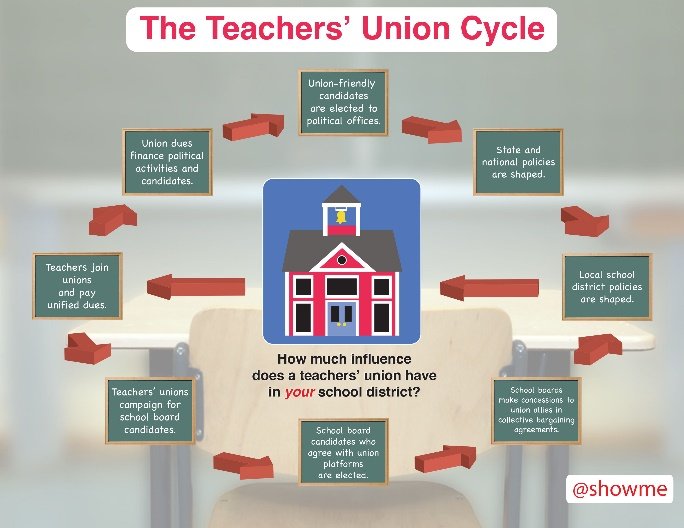
Figure 2 Teachers’ Union and Politics
The Punctuated Equilibrium(s)
These efforts have created a punctuated equilibrium. Now, there are two questions:
- Did the forces of BLM, 1619, and CRT impart enough impulse to break the historical path dependency or at least alter it?
- Did the second punctuated equilibrium with the Virginia elections offset this impact?
The paths in Figure 1 show three potential outcomes:
- The BLM events did not provide enough impulse to alter the historical path, or the Virginia punctured equilibrium (see part 4) canceled it. Most likely not true. There will be some change.
- The BLM events broke the historical path dependency and set the US on an entirely different path based on the precepts of the social justice movement. Most likely not true. The mid-term elections in 2022 will provide confirmation.
- The BLM event altered the path, but the extent and the depth of a new path dependency are too early to tell.
The degree of a counter social justice movement will determine how much the path deviates from the historical path, its direction, and its depth. If a counter movement simply tries to subvert the social justice movement, it will leave many issues unresolved. Racial identity politics are part of the system. There are some valid concerns. An effective answer will be to create a truly color-blind society where race plays no part.
Easier said than done. It will take work, compassion, vision, and clear-eyed analysis based on fact and not racial preferences, myths, and misunderstanding. A key dynamic that will shape this effort is the MNC’s and their agenda. What do they want to achieve? The final part of this series will look at this question.
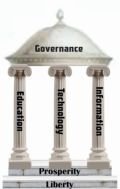


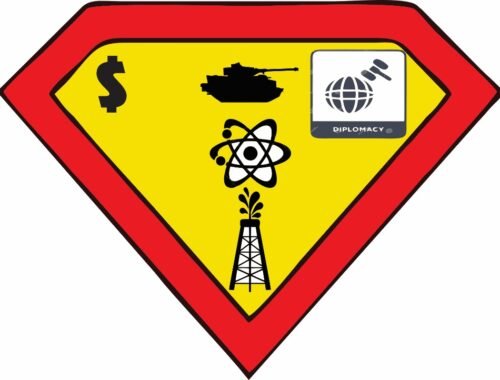

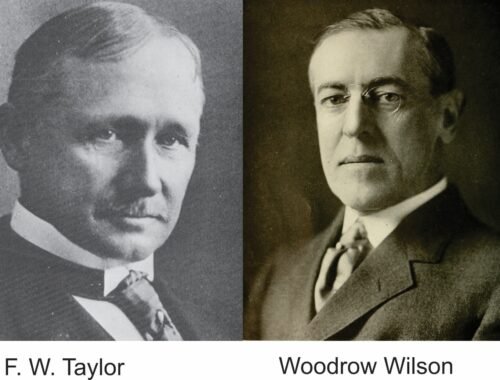
2 Comments
Pingback:
Pingback: